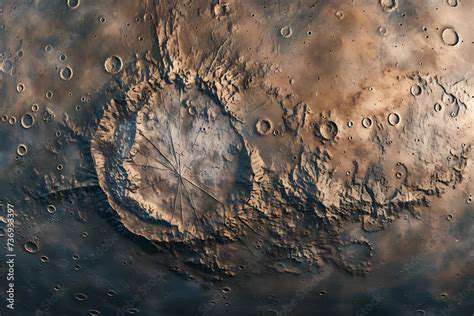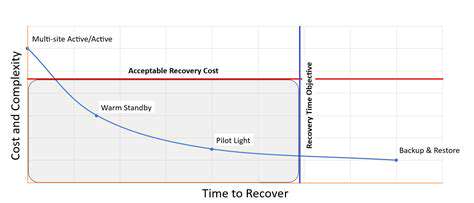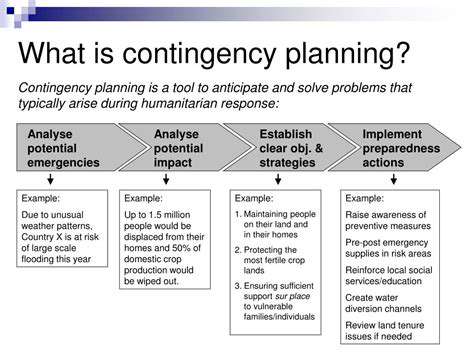
Lunar Craters: Evidence of Impacts
Lunar craters are a prominent feature of the lunar surface, serving as a powerful record of the Moon's history. These impact scars, ranging in size from microscopic pits to vast basins, provide invaluable information about the frequency and intensity of asteroid and cometary impacts throughout the Moon's evolution. Understanding the distribution and characteristics of these craters is crucial for comprehending the Moon's geological past and its place within the early solar system. The sheer abundance of craters on the Moon speaks volumes about the violent environment that characterized the inner solar system billions of years ago.
Analyzing the morphology and size-frequency distribution of craters allows scientists to reconstruct the impact history of the Moon and potentially extrapolate this information to other celestial bodies. The study of lunar craters is a cornerstone of planetary science, offering insights into the processes that shaped the solar system and continue to influence its evolution.
Maria: Vast Basaltic Plains
Lunar maria, the dark, relatively smooth plains on the Moon, are primarily composed of basaltic lava flows. These extensive plains formed billions of years ago when volcanic eruptions covered large areas of the lunar surface. The formation of these maria represents a significant chapter in the Moon's volcanic history, showcasing the immense internal heat that once existed within the lunar interior. The dark color of the maria contrasts sharply with the brighter highlands, offering clues about the different geological processes that shaped the Moon's surface.
Highlands: Ancient Crustal Regions
Lunar highlands represent the oldest parts of the lunar crust. These light-colored regions are characterized by a higher density of craters compared to the maria, reflecting their older age and greater exposure to impact events. They contain a wealth of information about the early lunar crust and the conditions during the Moon's formation. The composition of the highlands differs from the maria, further highlighting the varied geological processes at play.
Regolith: A Layer of Lunar Dust
The lunar regolith is a layer of loose, powdery material that covers the entire lunar surface. This layer is composed of fragmented rock and dust particles, resulting from countless impacts over billions of years. The thickness of the regolith varies depending on location and impact history. The regolith plays a critical role in preserving the Moon's geological record, providing a window into past environmental conditions.
Lunar Rilles: Intriguing Channels
Lunar rilles are long, narrow channels or grooves that traverse the lunar surface. Their origins are still debated, but they are likely formed through various processes, including volcanic activity, tectonic stresses, or impact events. The intricate patterns and varying depths of these rilles offer clues to the dynamic processes that have shaped the lunar surface. Studying these features helps scientists piece together the complex geological history of the Moon. These features are intriguing examples of the lunar surface's dynamic evolution.
Lunar Peaks: Evidence of Uplift
Lunar peaks, or mountains, are often found within or near impact basins. Their presence indicates uplift of the lunar crust following the impact event. Analyzing the height and distribution of these peaks can provide important insights into the impact's force and the subsequent tectonic activity. The presence of these peaks signifies a complex interplay of forces acting on the Moon throughout its history. Studying lunar peaks offers a crucial perspective on the impact and tectonic processes that have shaped the Moon over time.
Lunar Poles: Permanently Shadowed Regions
The lunar poles, especially the permanently shadowed craters, are of significant scientific interest due to the possibility of water ice deposits. These regions, shielded from sunlight, could potentially harbor vast quantities of water ice, which has implications for future lunar exploration and resource utilization. The presence of water ice at the lunar poles is a potential resource for future lunar missions. This ice could provide a source of water for drinking, rocket fuel production, and other life support needs, making these areas crucial for future lunar settlements. The search for and characterization of water ice is a key area of current research and exploration.












